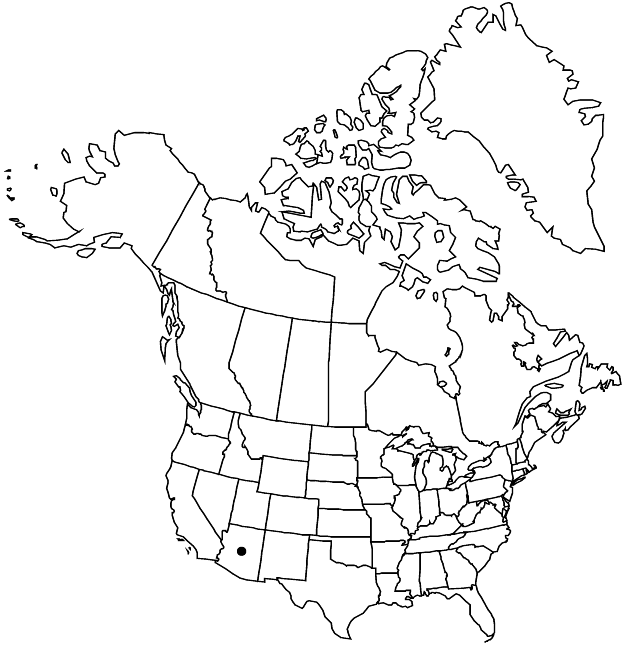Drymaria effusa var. effusa
Plants annual, herbaceous, minutely glandular-puberulent or glabrate, not glaucous. Stems mostly erect, usually unbranched at base, 0.8–25 cm. Leaves sometimes appearing whorled proximally, opposite distally; stipules ± deciduous, simple, subulate, 0.5–1.2 mm; petiole absent or nearly so; blade orbiculate or spatulate (basal leaves) or linear to oblong (cauline leaves), 0.5–2.5 cm × 0.2–1.2 mm, base briefly obtuse or attenuate, apex rounded to apiculate. Inflorescences terminal, congested or open, 7–50+-flowered cymes. Pedicels shorter to longer than subtending bracts at maturity. Flowers: sepals with 3 prominent veins arcing outward at midsection and confluent apically, broadly ovate to elliptic (herbaceous portion narrowly elliptic to ovate), 1.5–2.3 mm, unequal, outer 2 shorter (± 0.5 mm) than inner, apex acute or obtuse (herbaceous portion acute to acuminate), hood oblique to apex, on outer 2 or all 5 sepals formed in part by scarious margins, glabrous or glandular; petals 2-fid for ca. 1/2+ their length, 1.5–4 mm, 11/4–11/2 times as long as sepals, lobes 1-veined, vein unbranched, linear, trunk absent, base gradually tapered, apex rounded. Seeds brown, snail-shell- to teardrop-shaped, 0.6–0.7 mm; tubercles minute, rounded.
Phenology: Flowering late summer–early fall.
Habitat: Rocky or gravelly flats or slopes, disturbed areas in pine or oak woodland
Elevation: 1400-1900 m
Distribution

Ariz., n Mexico (Sinaloa, Sonora).
Discussion
Selected References
None.